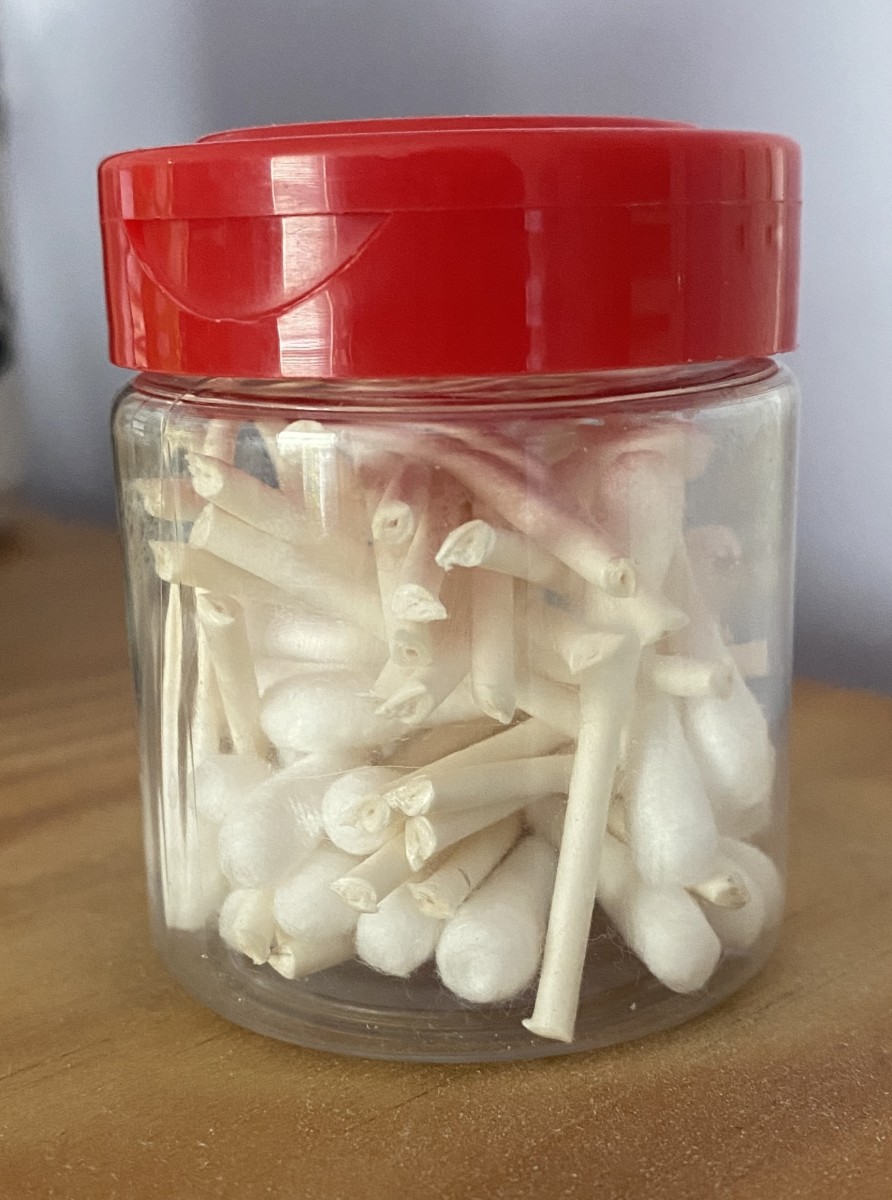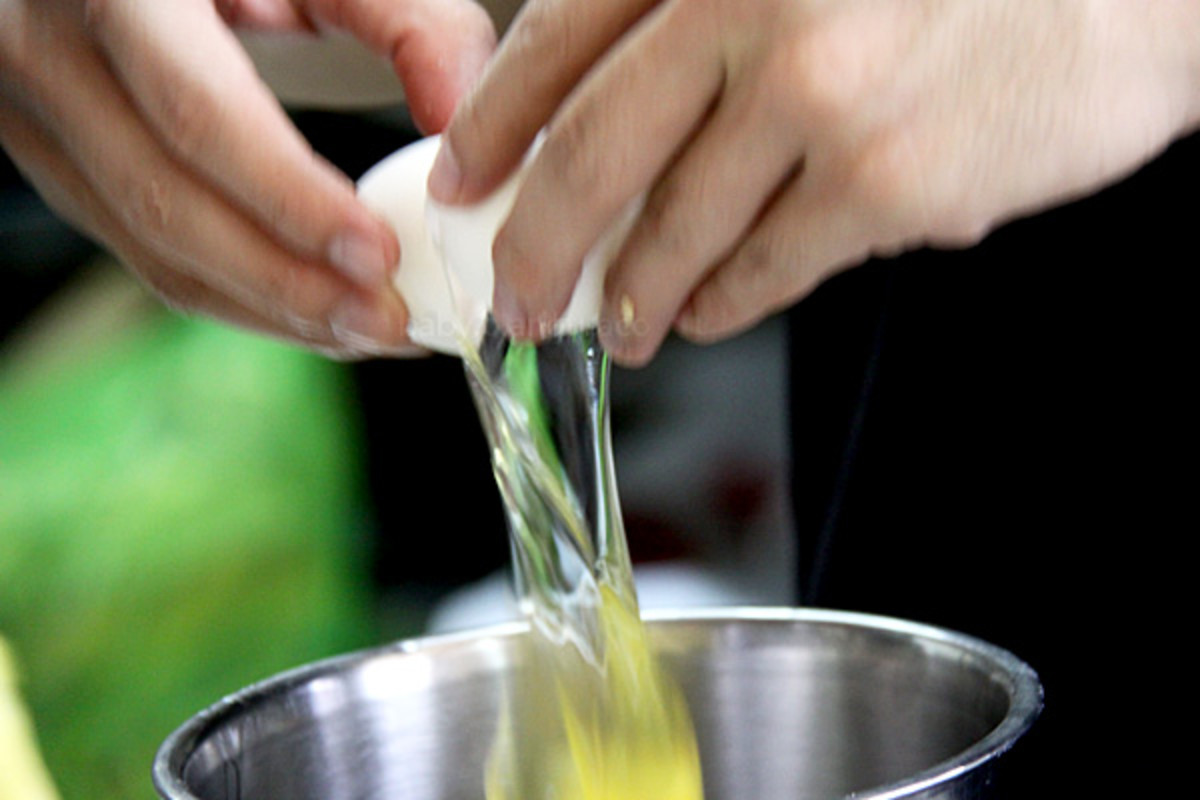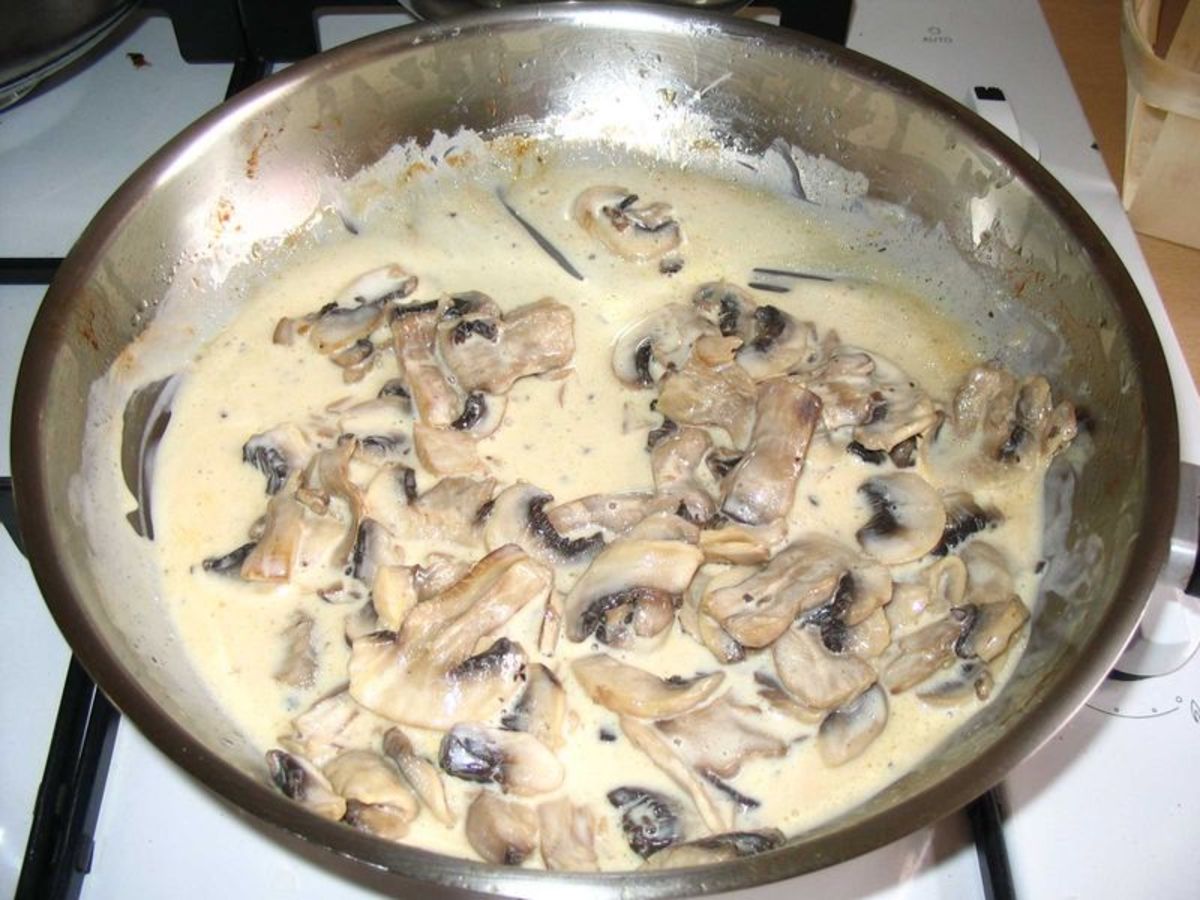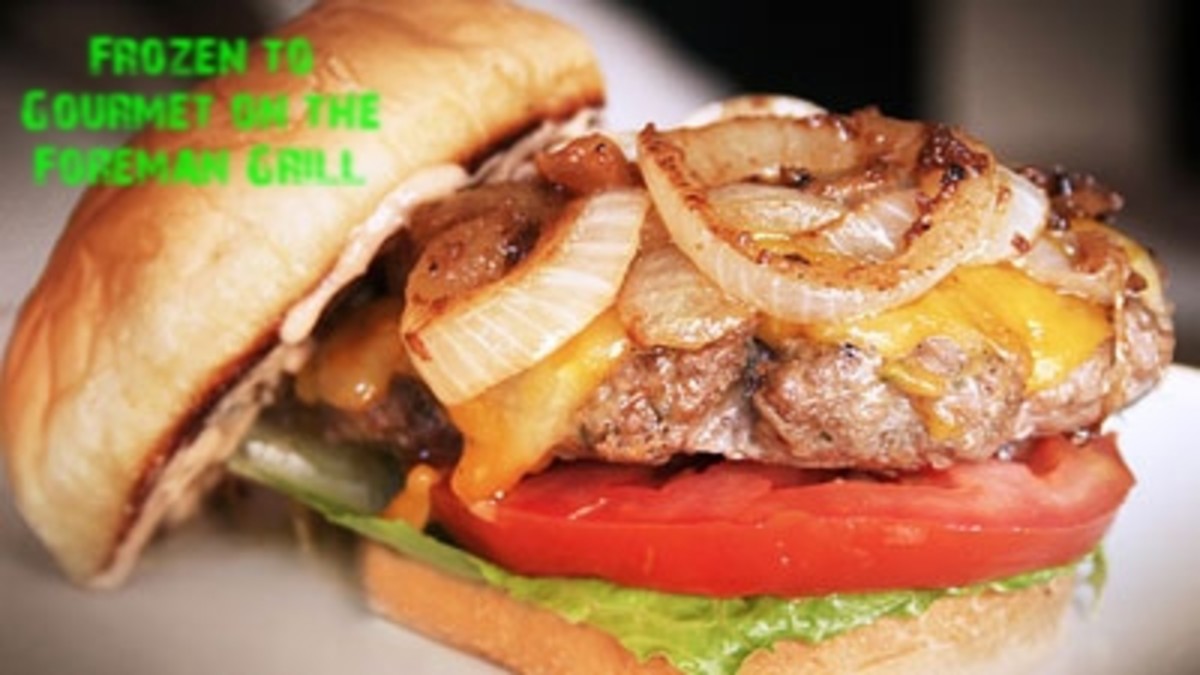HACCP: Best Practice

HACCP Documentation
This is a best practice HACCP document suitable for use in all catering establishments. This HACCP policy covers all the important principles of HACCP and is suitable for hotels, restaurants, diners, coffee shops, catering trucks cateing trailers, outside caters and hotels. HACCP stands for Hazzard Analysis and Critical Control Points. It is essential for any business to undertake some form of risk assessment if they are involved in the preparation and service of food. HACCP follows a standard format which will help to ensure assured safe catering and prove due dilligence.
Receipt of Goods, Storage, Preparation, Cooking, Cooling, Reheating and Service
By undertaking a HACCP assessment the business owner or business manager can identify hazzards at each stage, decide which of these is critical and set up a monitoring regime. HACCP documentation is a legal requirement for all food businesses and crucial to obtaining a five star "scores on the doors" rating for your catering business. Environmental Health Officers must be satisfied that you have a suitable regime in place and that supporting documentation is in order.
Verification of safe methods that your business follows each day is also a key element of proving due diligence. Staff need to understand why safe methods must be adhered to and should receive appropriate training in the completion of documentation.
What is HACCP?
HACCP stands for Hazzard Analysis and Critical Control Points. In catering it forms the basis of safe catering practice for catering operations. There are seven HACCP stages, Receipt of Goods, Storage, Preparation, Cooking, Cooling, Reheating and Service. At each stage we need to identify the hazzard, implement a control and show how we monitor each control point. Correct identification of the hazzards will ensure that the control points are relevant and that the resulting documentation would provide a defence of due diligence.
Seven Principles of HACCP
- Receipt of Goods
- Storage
- Preparation
- Cooking
- Cooling
- Reheating
- Service
Receipt of goods
HAZARD
Damaged packaging
Broken seals
Food not transported at correct temperature
Multiplication of bacteria
CONTROL
Staff trained in best practice for delivery
Specified debox area
Frozen and chilled foods in storage within twenty minutes
Specified delivery time for delivery is specified i.e.11am to 1pm on a Wednesday. Van temperature at least -18
Nominated person to co-ordinate delivery in absence of Head Chef
MONITORING
Delivery vehicle checked
Date codes checked
Vehicle temperature checked
Food temperature checked with probe
All packaging checked for defects: knocks, evidence of defrosting
4 point check sheet filled in for deliveries
Regular staff competence testing
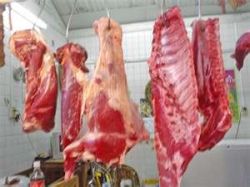
Storage
HAZARD
Food stored at wrong temperature allowing bacterial multiplication
Cross contamination due to poor hygiene practises
Out of code foods due to stock rotation
CONTROL
Maintain correct storage temperatures
Follow 2 day date coding system in place and discard any unused food that is out of this code life
Organise storage areas prior to delivery to enable stock rotation
Follow fridge planograms and always store raw meat on the bottom shelf
Always cover food and do not store containers on top of one another
Adhere to cleaning routines
MONITORING
Daily recording of fridge and freezer temperatures
Visual checks of food for spoilage
Company approved training
Cleaning schedule filled in daily
Storage areas checked daily for empty boxes and spillages
Spot checks to ensure that routines are being followed
Preparation

Preparation
HAZARD
Cross contamination
Food at room temperature
Pests landing on food
Packaging/foreign bodies in food
CONTROL
Prepare food in small batches cover immediately
Colour coded chopping boards
Separate storage for high risk foods
Disposable gloves used
Organisation of work
MONITORING
Time and temperature checks
Cleaning schedule
Equipment defects reported
Fly killers working correctly
Kitchen flow supports controls
Cooking
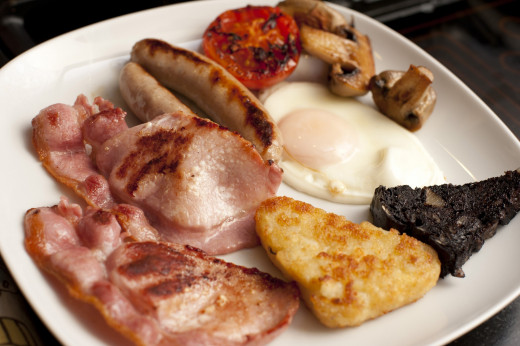
Cooking
HAZARD
Survival of bacteria
Multiplication of bacteria
Food not defrosted correctly
CONTROL
Probes used to ensure raw food reaches 85c and other food reaches 75c
Meat defrosted in refrigerator for appropriate length of time
All staff trained in probe use when appointed
MONITORING
Temperatures taken and recorded on daily record
Equipment defects dealt with on a regular basis
Refresher training of staff

Cooling
HAZARD
Surviving bacteria may multiply
Production of toxins
Contamination
CONTROL
Cooked meats cooled in blast chiller to 5 degrees with 90 minutes and transferred to chiller
Separate storage shelf so that food does not come into contact with raw food
MONITORING
Spot checks
Visual checks
Staff training with documentation
Service
HAZARD
Contamination of food
Food held at inadequate temperature
CONTROL
Disposable gloves worn during service
Baine marie switched on early
High risk foods covered until immediately before customer requests
Batch cooking so that food maintains high temperature
Fridge organised to utilise space during service
MONITORING
Equipment well maintained
Cleaning schedules adhered to
Consistent staff training
Visual checks
Absence of customer complaints

